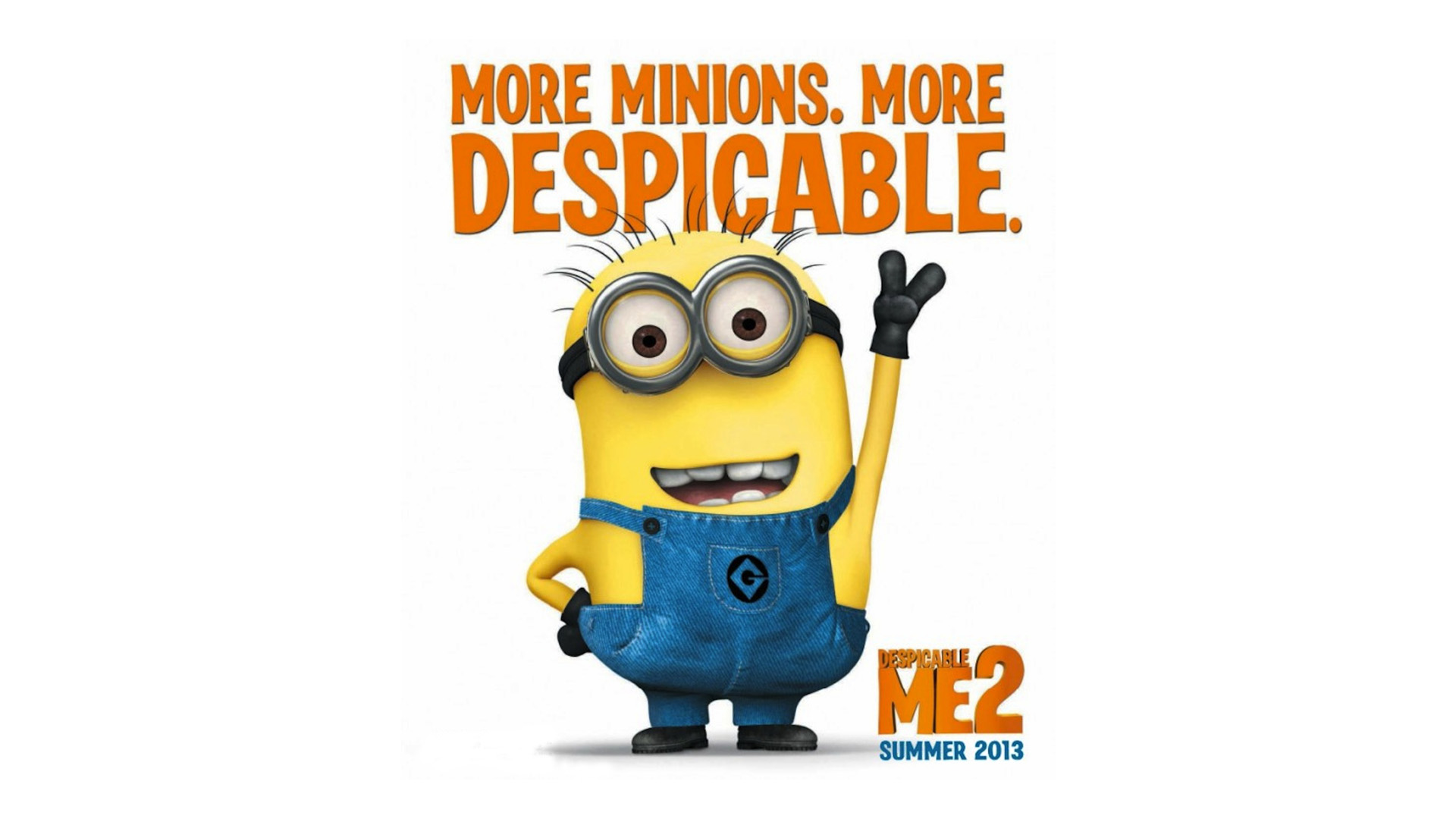I've borrowed the title for this post from Ian Jukes of whom many of you will have heard. Ian's been around for a while now and delivers some pretty energetic keynotes. I watched him deliver the final keynote at EduTECH 2014 in Brisbane yesterday.
In this he gave a fast paced, emotive plea to Australian education to make the rapid change required to deliver the kind of education that will be relevant for learners of today an into the future. In his presentation he pulled no punches. He based much of his presentation on the work of Richard Florida and his Creative Class project, (
http://www.creativeclass.com/ )
and that of .... Clayton Christiansen and his Disruptive Innovation projects. http://www.claytonchristensen.com/key-concepts/
Now, I'll have to admit that I have heard Ian before and while I have not read Florida or Christiansen I am aware of their work. So, it was good to hear and see what some of their research is showing, and I'll try and capture the essence of it as Ian shared it.
1. Many of us know the 'industrial' model that Sir Ken Robinson and others have described in some detail over recent years. We all nod in agreement that the Industrial Age has long gone and we are in the Knowledge Age. But as I sat and watched comments such as ...
'90% of routine cognitive tasks will be taken by either software or outsourced'
'By 2025 the average number of careers (note : not jobs, but careers) that school leavers can expect to have by the time they are 38 is 10 - 17’
'Part time is the new full time. The corporation of the future is the corporation of size 1. You will have multiple part time jobs with multiple organisations at the same time, all on contract.' [Ian gave an example of his own company hiring via oDesk. They posted a job on oDesk and within 20 minutes had 238 applicants. They hired a developer in India. oDesk does all the rest - keeping track of the work the developer does and sending this to Ian's company.]
2. The rate of change is/continues to be exponential.
Moore's Law still applies to the computing part. Doubling of the number of transistors every 18 months and halving the cost.
Fibre optic cable can transmit vast quantities of data at the speed of light. And I mean VAST ... And the speed of light is pretty quick from memory, too.
As Sugata Mitra observes, 'there is no need to know. There is the need to know how to know and when to know.'
We have incredible amounts of data available. And the tools we have for manipulating that data and transferring it are incredibly powerful and cheap today on comparison to just a few years ago.
All of this leads to a crucial, and I would say tipping, point...
In the now, and in the future, there is a new learning disability. This is those who are digitally illiterate. Today and in the future, it is as important to be digitally literate as it is to read and write and do basic arithmetic.
This is big. How many of us believe that today's students, the so-called digital natives, are digitally literate? They may be tech savvy, but are they digitally literate? From my own experience I would say no. Many don't know file types, they don't know how to protect their systems from corruption, and if corrupt how to restore. They don't know the language of the network they depend on. How many of our teachers and administrators are digitally literate? How many of our colleagues can use multiple devices, operating systems, applications and create their own content for the network in any form other than via a word processor and email?
As Steven Johnson said, 'chance favours the connected mind' and if we really believe this, or of we even suspect this is true, then why is it that we have extensive discussions in schools about just how to block students from social media sites. Business and individuals are communicating via these means for real work and real learning and we want to ban them because we don't understand how to make our students aware that they are really useful tools. They are using them outside of our school networks anyway!
3. The world will only pay for what you can do with what you know.
Given that if you can harness the power of the networks to know, then what you do with this is critical.
I loved this comment - Neck down is minimum wage! Neck up is where the money is.
And of course this is the non routine cognitive work that Florida talks about and that we hear so often is the domain of the 'creative class'. And the creative class jobs are increasing.
Now - this graph is quite scary for a country like NZ. We have a huge agricultural dependency. The jobs are rapidly going in numbers as smarter ways of farming, more technology and bigger machines replace the people aspect. So what do the rural people do? Move to the city will be one corollary to this. But also, given that the requirement is now to continually recreate our own knowledge base and skills, and given that the power of the network let's us do this anywhere, we need to be opening pathways for students to explore their creativity and to explore what it means to be in the space where knowledge value and creativity happens. In reality, they can do this,from anywhere. They don't need to be in 'school' to,do this. Sure there is a social role that schools provide, even a custodial role while parents are 'at work' ... but parents aren't going to be at work in the future according to many of the futurists - they'll be at home ... so the kids can be too. Why will a parent in the future want to send their children to a school unless it serves some real vaue?
Creativity is facilitated by technology. There was no 'app' industry 5 years ago. Last year it generated $10 billion in revenues. There are 800,000 jobs in app development currently, growing incredibly fast.
This graph, again from Florida, shows that we are at around 25% of jobs in the creative class now. This will grow to around 50% in 2018. How many of our students are ready to move straight into this space as a result of what we are helping them with in our schools today?
Of course, the rest of the jobs are being replaced by smart software or outsourced to lower cost of manufacture and delivery countries.
As has been said many times before, we are in danger of becoming irrelevant to our students if we don't make the required changes in our classrooms to cope with this sea change going on around us. Our students will learn from where they see the value to them.
Again, I'm reminded of Mitra's work ... kids are not stupid. They have, as Robinson says, tremendous capacity for creativity. Mitra has shown that kids can and will learn on their own via the web if they have the desire. A question is then how do we harness the best of the web and develop the digital literacy skills for them in a way which is beneficial for all learners. This will require some considerable thinking and lots of action, testing and trialing and it will threaten many individuals and schools and systems of education. It worries me that in education we still spend so much time on planning and consultation and inclusiveness and equity and replanning and reinventing what already exists .... We need to apply more of Fullan's 'ready fire aim' and hurry things along.
A final reflection.
There is a convergence here. Whether it is Robinson, Mitra or Jukes or Florida or ... the messages are powerful and we are seeing the evidence all around in business of massive change. The explosion in mobile has driven this much faster than we thought. We've only had tablets and 'smartphones' for a few years, yet these have rapidly changed everything. They have brought the power of the network to everyone. And as Carly Fiorina said to Tom Friedman all those years ago, 'Tom, what you have witnessed so far is only the forging and sharpening of the tools. The real revolution is yet to come.' Well it's come. We're in it. This is sea change stuff and we'd better respond fast. Or the next generation will not be so keen on sharing their children with a system which is a relic.
'There is a default future rushing towards us,' says Jukes.
Sometimes you only get one last chance to catch the wave.
Oh, and it's not optional either!
















